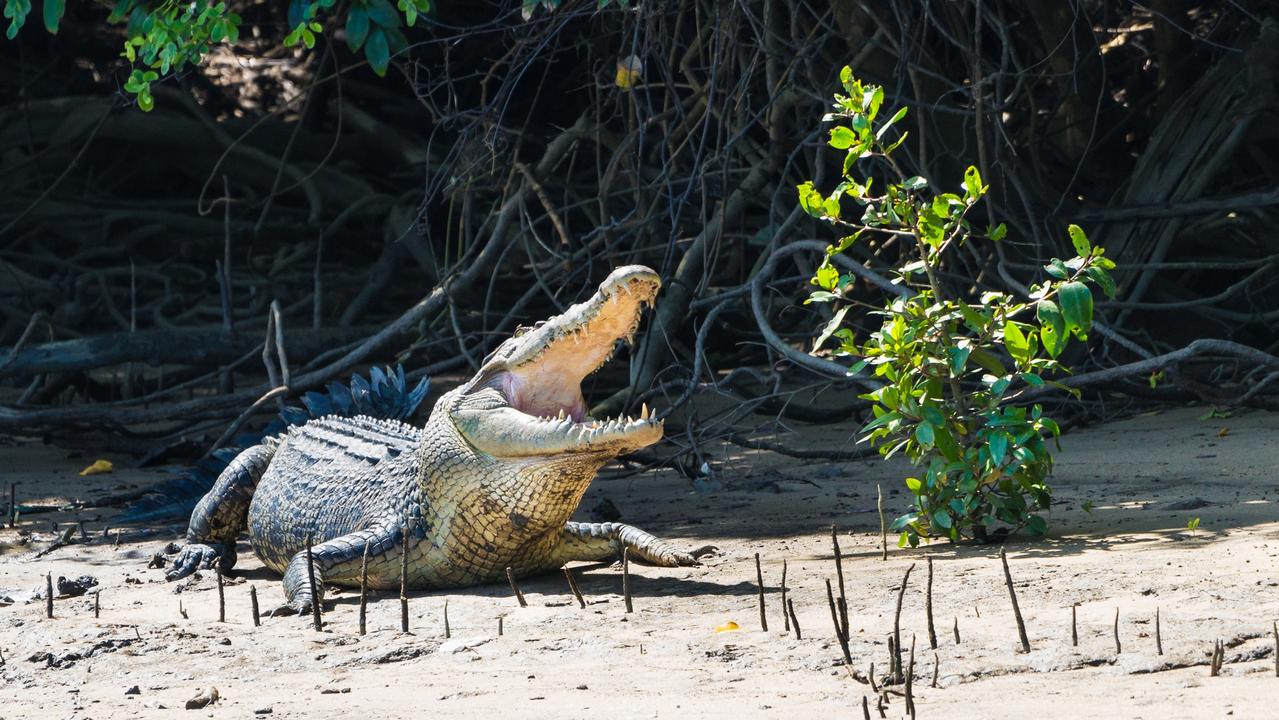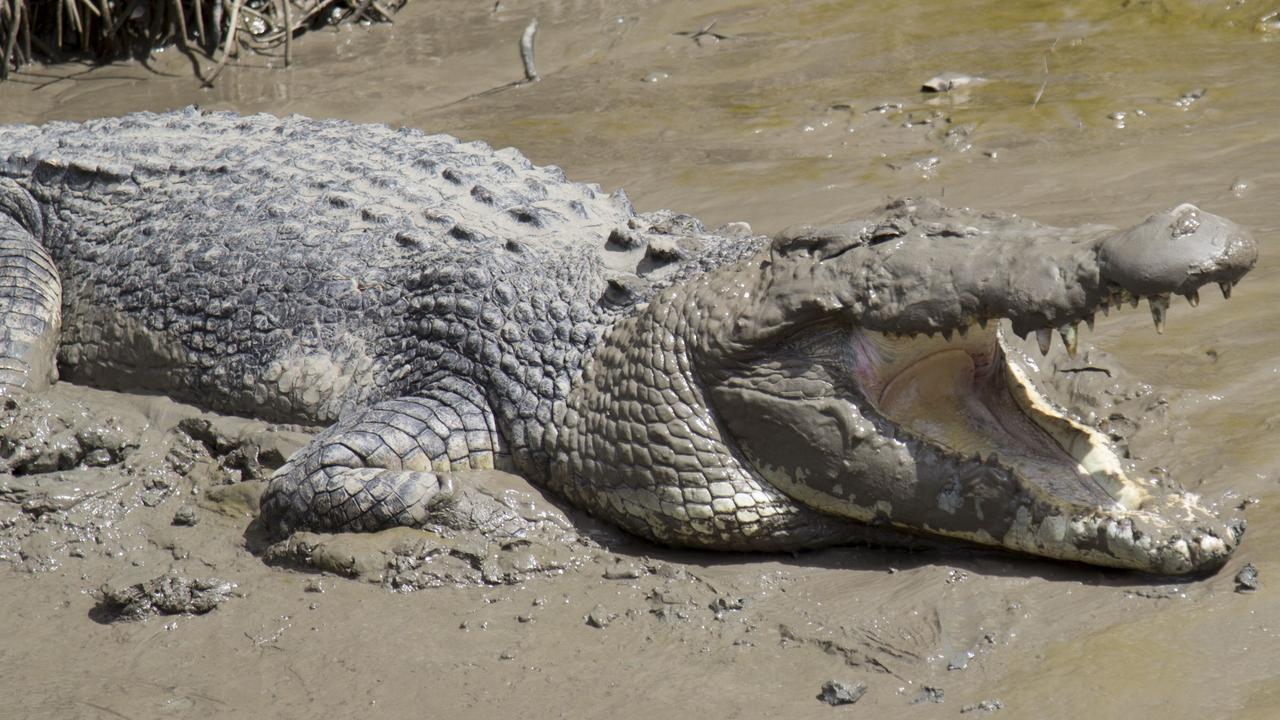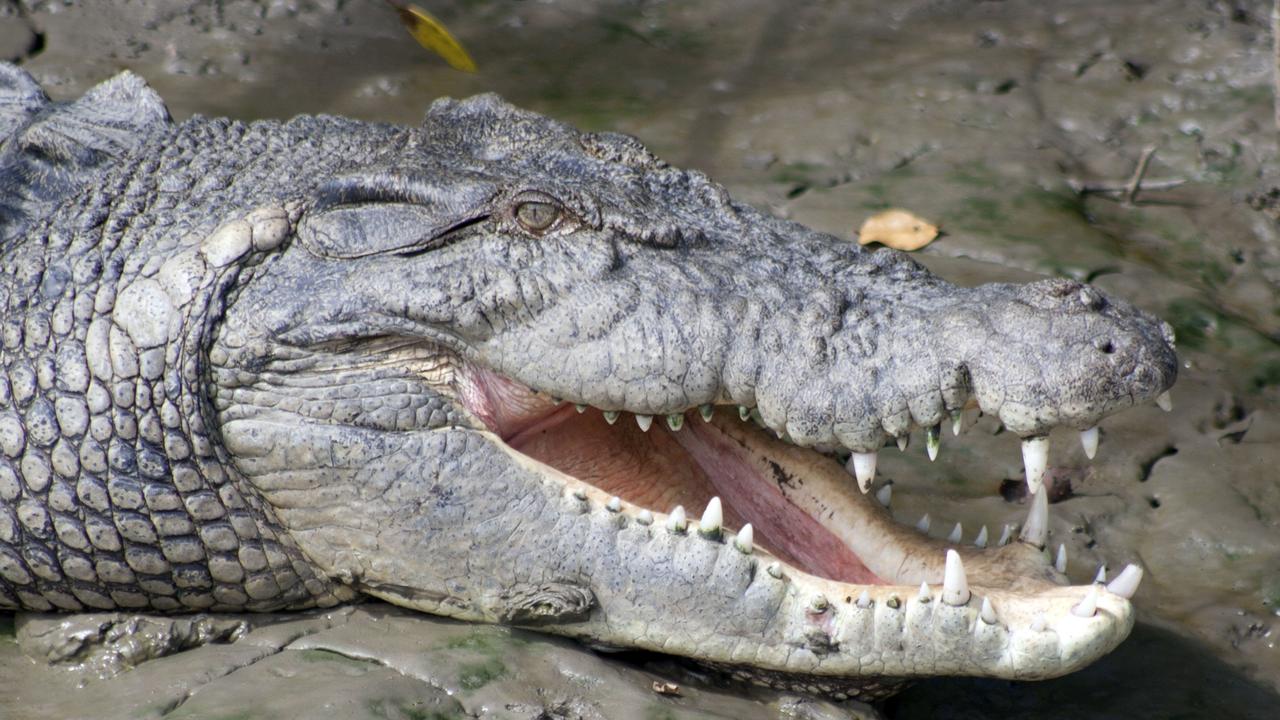Crocodile proteins provide new hope in the fight against fungal infections, study finds
Crocodiles are not just tough predators but also possess a secret weapon against potentially deadly infections in humans.

READING LEVEL: ORANGE
Crocodiles are known for their powerful jaws and tough skin but a recent study has found they may also contain a secret weapon in our fight against infections*.
By studying crocodile defensins – small proteins* that detect and announce an infection in the immune system* – researches from La Trobe University found they could be used as a template* to create targeted treatment for fungal infections in humans.
This is particularly important given the growing problem of antibiotic resistance*.
The study, published in Nature Communications, noted crocodiles have been around for about 83 million years and in that time have become really good at fighting off germs and infections, considering they often get in fights with other animals in dirty water.

Lead author Scott Williams said crocodile defensins look surprisingly similar to the same proteins found in humans.
“Crocodiles have great antifungal defences and hopefully we’ll be able to adapt their defence to our own needs,” Mr Williams said.
The study also identified the pH* sensing mechanism found in crocodile defensins, which is not present in any other animal or plant.
Defensins are able to change their activity based on the pH environment, so researchers could engineer other defensins to turn off or on depending on the presence of infection.
This mechanism could help reduce instances where a drug may impact the wrong part of the body and focus on what’s harmful.
Senior author Professor Mark Hulett said the study was also the first to take a really close look at how defensins attack and kill fungus using special technology to see the attack in great detail.

“Using the power of the Australian Synchrotron, together with co-author Prof Marc Kvansakul, we were able [to] generate structural data to define how defensins attack and kill fungal pathogens*,” Hulett said.
Hulett harvested* the crocodile tissue* with the help of John Lever and John McGrath from the Koorana Crocodile Farm in Yeppoon, Queensland, the first commercial crocodile farm in Australia.
Most scientists have studied defensins in humans and plants, but not many have looked at defensins in other animals.
The Hulett Lab at La Trobe University is working to learn more about defensins in plants and animals, hoping to use what they learn to make new treatments for human diseases.
GLOSSARY
- infections: if germs get inside your body, they can multiply and cause an illness or infection
- proteins: builds, maintains, and replaces the tissues in your body
- immune system: the body system that helps fight off sickness
- template: a form, mould or pattern used as a guide to make something
- antibiotic resistance: when germs like bacteria and fungi develop the ability to defeat the drugs designed to kill them
- pH: a measure of how acidic or basic the substance
- pathogens: an infectious thing, such as a virus, bacteria, fungi or parasite, which causes a disease
- harvested: the process of gathering
- tissue: a group of cells in an animal or plant body that are like each other and do similar things
EXTRA READING
Forever chemicals causing harm
Whale wailing a sign of loneliness
Snakes can hear you scream
QUICK QUIZ
- What are the small proteins that detect and announce an infection in the immune system called?
- How long have crocodiles existed?
- Why is it important for humans to discover new ways to fight off infections?
- Where were the researchers who completed the study from?
- What did the scientists use the Australian Synchrotron for?
LISTEN TO THIS STORY
CLASSROOM ACTIVITIES
Crocodile Cream
What do you think the term “antibiotic resistance” means in this research article?
Why do you think crocodiles have great antifungal defences?
What would you call this crocodile antifungal cream if it comes on the market?
Time: allow 20 minutes to complete this activity
Curriculum Links: English, Science, Critical and creative thinking
2. Extension
“The Hulett Lab at La Trobe University is working to learn more about defensins in plants and animals, hoping to use what they learn to make new treatments for human diseases.”
What plant and animal products can you think of that might help treat or cure serious human diseases such as cancer?
Time: allow 15 minutes to complete this activity
Curriculum Links: English, Science, Critical and creative thinking
VCOP ACTIVITY
Creative vocabulary
Find a bland sentence from the article to up-level. Can you add more detail and description?
Can you replace any ‘said’ words with more specific synonyms?
Have you outdone yourself and used some really great vocabulary throughout your writing?
Firstly, well done. Secondly, let’s ensure everyone can understand it by adding a glossary of terms. Pick three of your wow words and create a glossary for each word to explain what it means.

